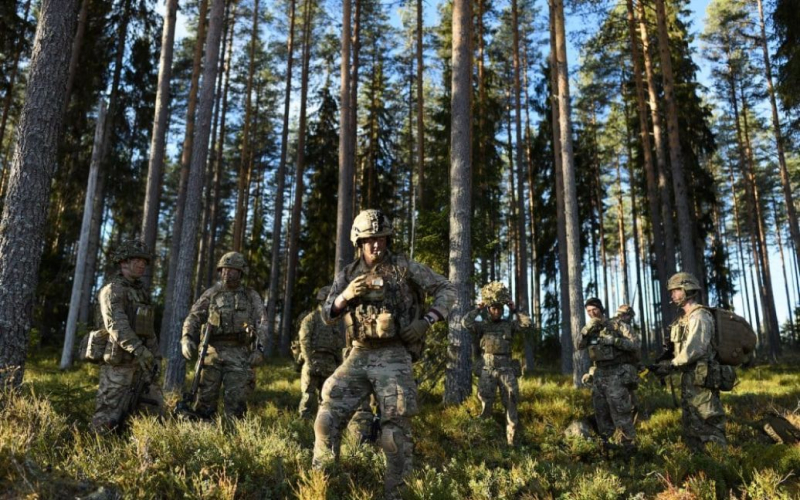
~6 0~p>With the expansion of NATO, the far north of Europe is noticeably moving towards war.
With the outbreak of Russia's all-out war in Ukraine, new northern alliances are changing the geopolitical balance of power, and soon the Arctic NATO countries will outnumber Russia by a ratio of seven to one. Now world leaders are increasingly asking the question of how likely escalation is in the Arctic region.
As Foreign Policy writes, over the past few decades, bilateral and international agreements between Russia and other Arctic states have strengthened overall northern security as well as scientific interests. But after Russia's full-scale invasion of Ukraine, these agreements quickly fell apart.
“If the war in Ukraine has achieved anything, it is the rapprochement of the Nordic countries on security issues,” the publication writes.
“We now have seven of the eight Arctic countries geopolitically united and with highly capable militaries. I don’t know if there is such a concentration of coherence and capabilities between countries anywhere in the world,” noted one expert.
However, others note that this is all in the name of containment and agree that a full-scale northern conflict is unlikely. At the same time, paradoxically, Russia’s military potential and economic resources, which increase tensions in the Arctic, also restrain real escalation. Russia's north simply has a lot to lose: its vast territorial mass and large fossil fuel resources are the main claims to its identity as a global superpower. Therefore, the Kremlin is interested in maintaining a low level of tension in the north.
For now this means hybrid warfare: gray zone tactics that are harder to track or take credit for.
In highly militarized areas, mistakes can pose the greatest risk. And, as experts note, “miscalculations and misinterpretations” are “the greatest security risk in the North Atlantic Arctic.” Russia and NATO conduct frequent military exercises in this region, practicing the mobilization of their forces and fleets.
Read the leading news of the day:
But these are complex operations that often test people and procedures for the first time. One accidentally fired shot, one crossed signal is enough for the rehearsal to open the theater of military operations. Typically such exercises are clearly communicated and coordinated across borders. But recently this communication has suffered,” the publication notes.
In the worst case, writes Foreign Policy, the war in Ukraine could end with a northern strike. Russia has 11 submarines capable of launching long-range nuclear weapons; eight of them are located on the Kola Peninsula. For this reason alone, the Arctic carries special weight for world leaders who must consider escalation to an absolute hypothetical end.
Despite this, experts emphasize that Arctic conflict in any form is still contrary to Russian interests and is less likely than in other parts of the world. However, they caution against assuming Putin will behave rationally. If he's backed into a corner as NATO expands and Ukrainian troops advance, there's no way to know how he'll react.
Read also:
Related topics:
More news

